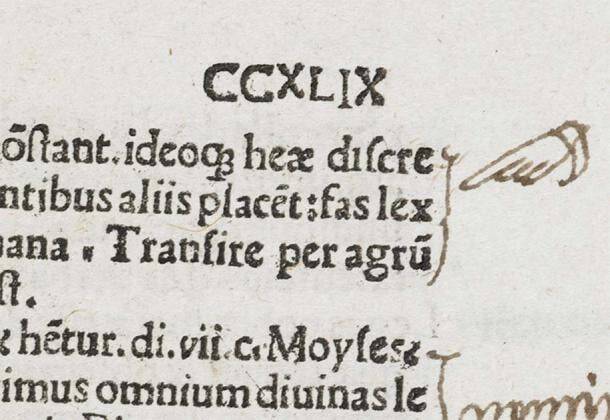Ancient Medusa medal uncovered near Hadrian's Wall, unnerving doodles found in Henry VIII's prayer book, Stonehenge-like site discovered in the Netherlands.
1,800-Year-Old Roman Medal Emblazoned With The Face Of Medusa Uncovered In Northern England

The Vindolanda TrustKnown as a phalera, this medal would have been awarded to a soldier for valor in battle — and to this day, it’s rare to discover such artifacts intact.
Starting in the first century C.E., the Romans maintained a series of forts at the empire’s northern edge near Hadrian’s Wall in present-day England. Known as Vindolanda, this military complex eventually hosted nine different forts, each built atop the last as time went on while the Romans sought to defend their borders against enemies like the Scots and Picts. And in recent years, archaeologists excavating at Vindolanda have uncovered everything from textiles to spearheads to vast quantities of perfectly-preserved shoes.
Now, researchers at this historic site have made perhaps their most astounding discovery yet: an 1,800-year-old soldier’s medal bearing the chilling countenance of Medusa. Soldiers would have worn such medals in order to use Medusa’s supposed powers to repel evil. Even Alexander the Great was depicted as wearing the image of this fearsome mythological beast into battle. However, because many of these relics were believed to have been melted down long ago, it’s incredibly rare to find them intact.
Learn more about this unique discovery here.
Doodles From Henry VIII’s Prayer Book Reveal A Man Possibly Plagued With Depression And Anxiety

The Worsley Library An example of a manicule pointing to a passage in Henry VIII’s prayer book.
Best known for marrying six times, beheading some of those wives, and breaking England away from the Catholic Church during his reign in the 16th century, Henry VIII of England is generally viewed as an egotistical and tyrannical ruler. Now, however, a series of doodles the infamous monarch left in his personal prayer book suggest he struggled with depression, anxiety, and religious fear in his final years.
Henry VIII scholars have long used documents and other materials left behind to piece together the reality of the king’s life and reign. Somehow, however, annotations and drawings the king etched in the margins of his “Psalms or Prayers” book went unnoticed for centuries.
Dig deeper in this report.
Ancient Stonehenge-Like Site That May Have Functioned As A Solar Calendar Discovered In The Netherlands

Municipality of TielThe site is around 4,000 years old and served a similar purpose to the English Stonehenge.
At a former industrial center in the Dutch municipality of Tiel, archaeologists have uncovered a 4,000-year-old religious site featuring earthen mounds. They believe that the site, designed to align with the Sun, may have served as a solar calendar similar to Stonehenge in England.
The site, which stretched across more than nine acres, contains three burial mounds as well as several passages where the Sun would have shone directly on the shortest and longest days of the year.
Read on here.





